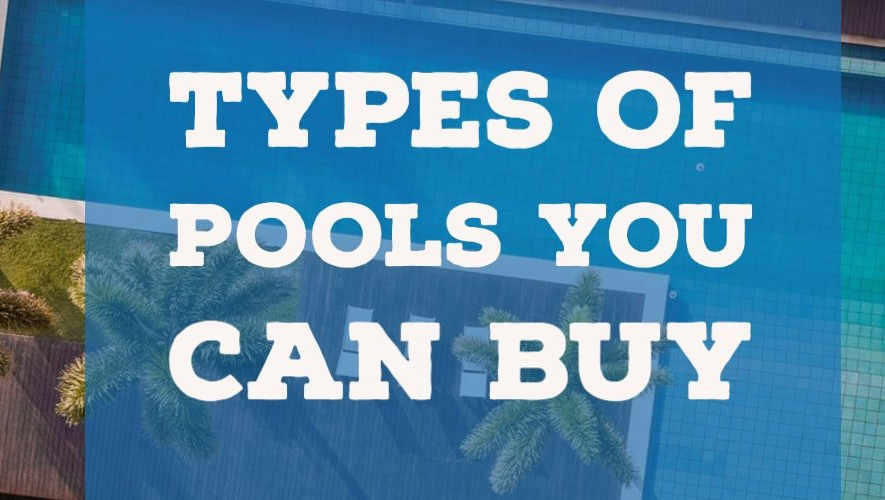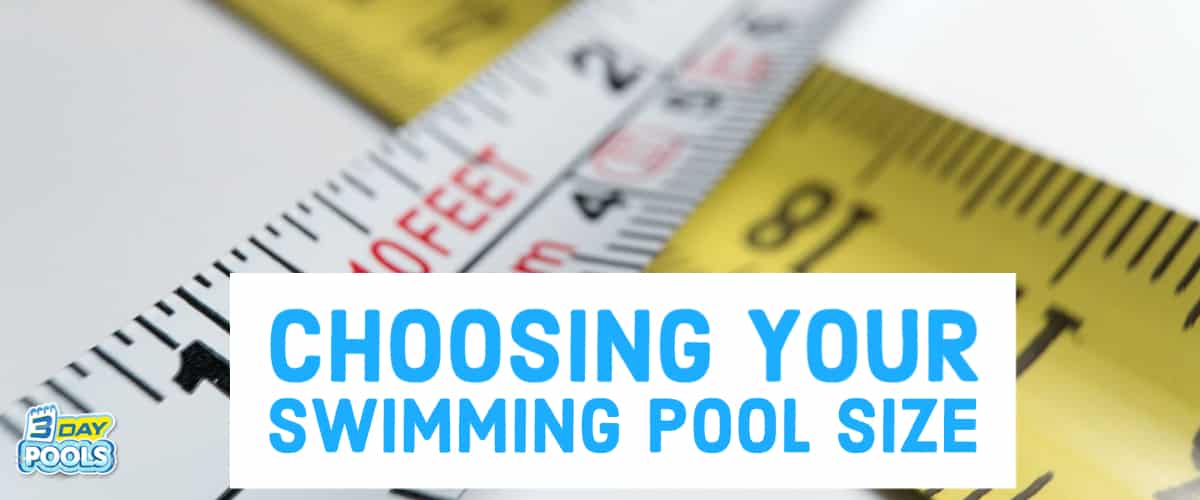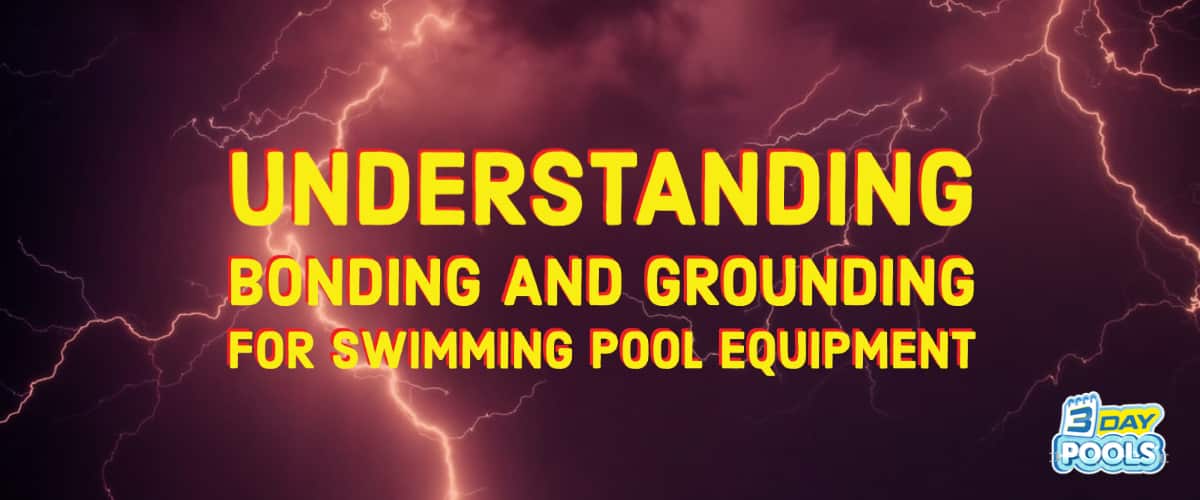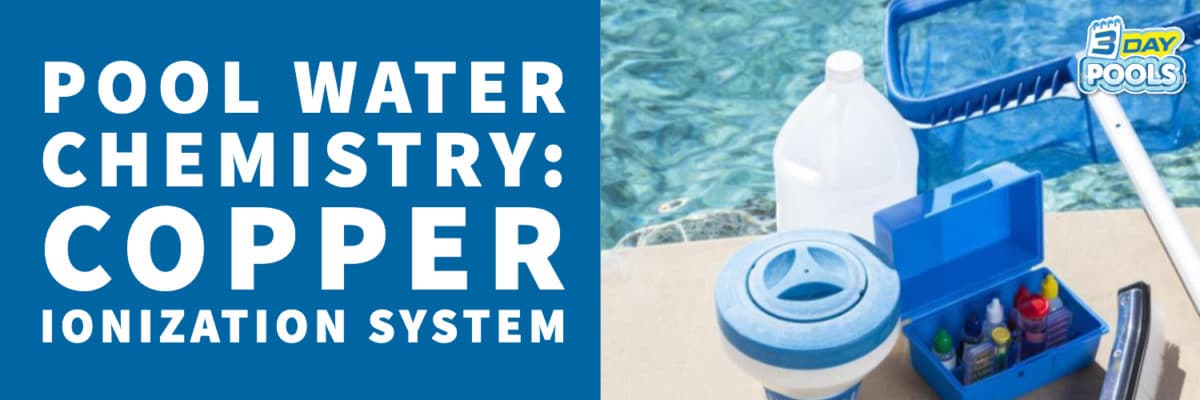416-268-4493
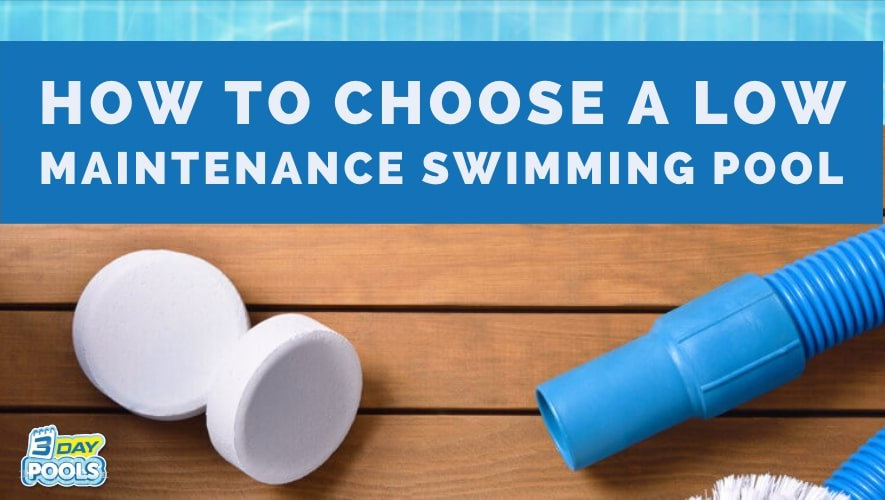
How to Choose a Low Maintenance Swimming Pool
Just like any part of your home, your pool requires cleaning and maintenance. Imagine your pool is a big bathtub, only its outside and can get really, really dirty. You would never get into a dirty bath, so the same should apply to your pool.
Since maintenance is inevitable, there are several factors you need to consider that can minimize your expenses. Getting a pool that requires less maintenance can be the deciding factor for people who do not have the time or resources to attend to it so frequently. However, this shouldn’t stop you from the joys of having a pool. Here’s the breakdown on 3 different types of pools and the upkeep they require.
Factors like the durability and interior finish influence how many things you need to do and how much money you spend on maintenance. The 3 types of pools we provide are all different, with their unique pluses and minuses. When considering which to choose, the time required and expenses will vary. In the long run, these factors can influence your satisfaction so it is important to choose the right option for you.
Maintenance Required By Each Pool
The three types of pools are fiberglass, concrete and vinyl. Out of the three, fiberglass pools require the least maintenance with the lowest cost of $3,750 spent during 10 years. Vinyl liner pools require more maintenance and likewise the cost goes up to $11,500 in 10 years. The most expensive pool type is concrete, with expenses up to $27,400 in 10 years.
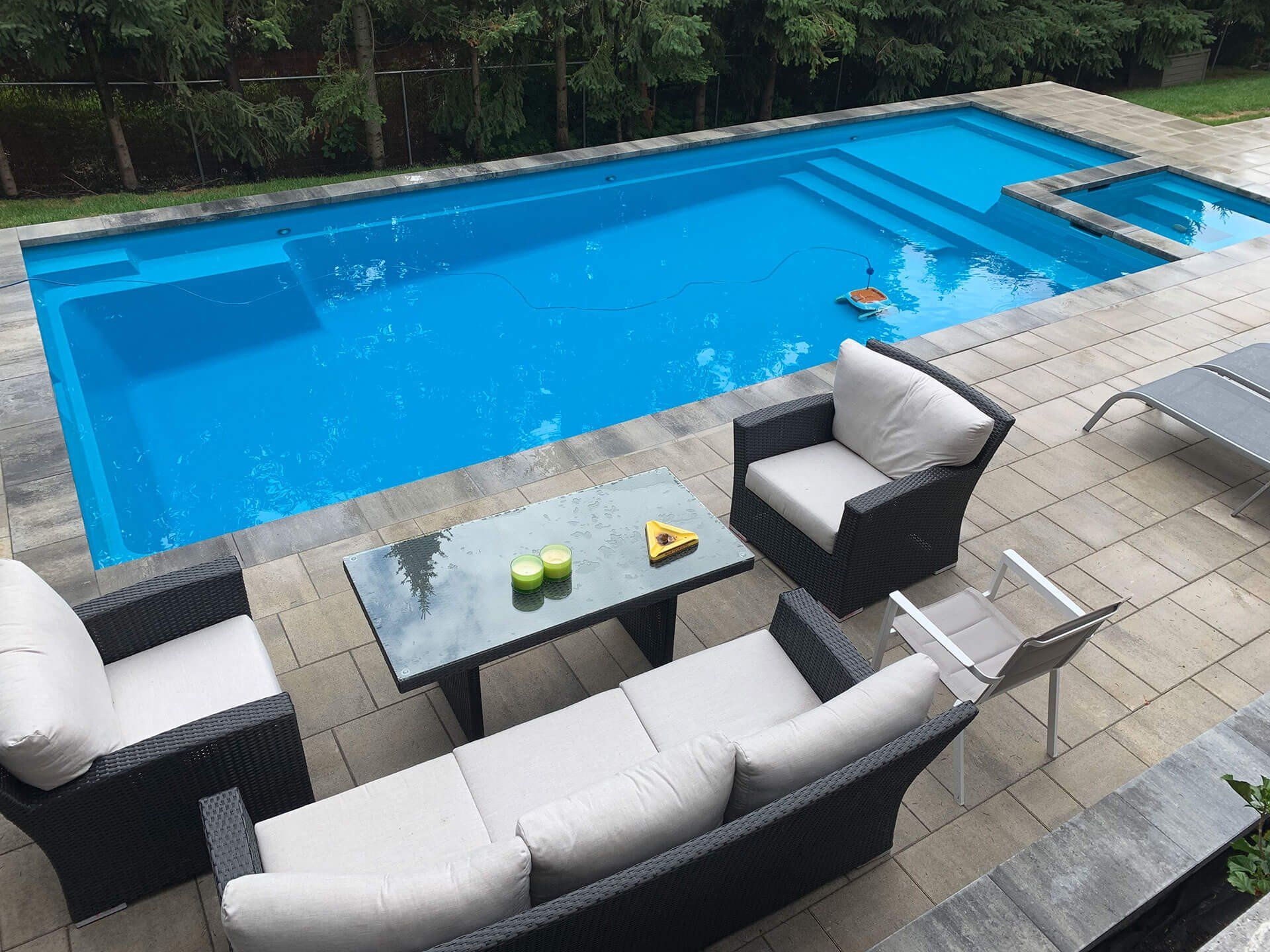
Maintaining a Concrete Pool
Concrete pools are still a viable option even though they need the most maintenance out of the three. You will be able to enjoy a concrete pool and have no problems if you consider the following factors:
- Acid washing
- There is possibility of continuous algae growth
- Once annually a professional pool cleaning is needed
- Steel brushing needs to be carried out weekly
- Two circulations are needed by the filter daily
- Refinishing
- The chemistry of the water needs to be monitored
Getting Rid of Algae with a Steel Brush
Porous materials like plaster run the risk of overgrowing with algae. Having your pool looking like a dirty aquarium isn’t the ideal scenario, so scrubbing the walls down with a steel brush is your solution. This needs to be done weekly as algae grows fast. The steel brush will be able to get into hard to reach cracks and displace any algae to keep your pool clean. Unfortunately, once algae gets into your pool it doesn’t leave.
An alternative to plaster is a tile surface. This solves the algae problem however it is pretty expensive and if it’s not resurfaced in time the old tiles may start to come off.
Washing with Acid
To help with the algae problem, acid washing is required every 3-5 years. A professional acid wash removes stains and algae by stripping off the exterior layer of plaster, getting deep into its porous surface to clean out the dirt.
As this procedure involves a gas mask, it is best to get a professional to do this. Prices for acid washing a concrete pool vary based on the pool’s dimensions, season and how easy it is to access. A rough average estimate is $650.
Professional Cleaning for a Concrete Pool
For those that don’t have the time or will to dedicate so much effort to cleaning, you can hire professionals to do it for you. Usually, people opt for a professional cleaning when they are opening their pools for the season, with a price range of about $500.
Cleaning with a Filter System
In a concrete pool, clean water is maintained by having the filter system do two circulations daily. This is pretty hard on the filter system and pump compared to the one circulation needed by a fiberglass or vinyl liner pool.
Even more work is needed at the start of the season when after the winter the pool is filled with all kinds of dirt and debris. In this case, it may take over a week to get the water clean again.
Concrete Pool Resurfacing
A more hefty solution to algae and dirt, both in price and effect, is resurfacing. Once every 10-20 years the whole pool needs a new surface. The appearance of the plaster will get ruined from stains and algae over time, and can start looking pretty decrepit. Eventually it will need refinishing, which can cost over $10,000.
Water Chemistry Maintenance
While all pools need a water check every week, it is recommended for concrete pools specifically that acid is added daily. This is a result of the alkaline finish on the plaster, which changes the pH levels of the water.
Compared to other interior finishes, plaster surfaces require more work to keep the water chemistry at the right levels. The pool chemistry levels need to be checked often to ensure they are within the correct limits:
- Chlorine: 2.0–3.0 ppm
- Calcium hardness: 200–400 ppm
- Total alkalinity: 80–120 ppm
- Calcium hardness: 200–400 ppm
- pH: 7.2–7.8
- Stabilizer (cyanuric acid): 20–50 ppm
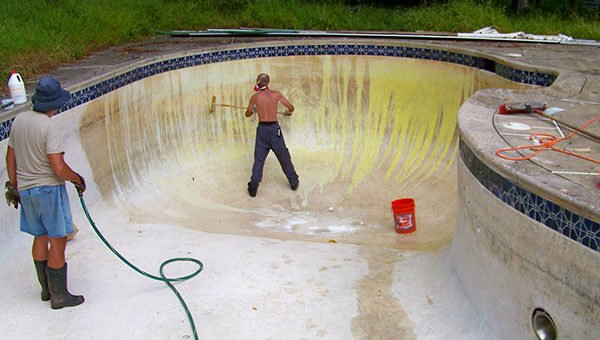
Maintaining a Vinyl Liner Pool
Maintenance for a vinyl liner pool is easier than for a concrete pool, however it is still more upkeep than a fiberglass pool. The following points of maintenance should be considered:
- Liner replacements and leaks
- Water chemistry needs maintenance
- One filter circulation is needed each day
- Places that don’t have circulation like seams facilitate the growth of algae
Leaks in the Vinyl Liner
Being quite thin, vinyl liners are susceptible to tears by sharp objects, such as branches, animal claws and debris. That’s something to consider if you have a dog that likes to swim in the pool, or have wild animals in your backyard.
The liners can also leak at the seams where they are most vulnerable. Piercing this thin layer can cause damage to other parts of the pool system, such as cause rust in metal wall panels. If the metal corrodes or rusts enough to cause a whole, the entire panel will need replacements – something best to avoid!
Vinyl Liner Replacement
While short term maintenance for vinyl pools is pretty basic, the most difficult part comes after several years when the liner needs replacement. Replacing a vinyl liner is needed after 5-9 years, and is a complicated and costly job.
To save time and difficulty, you can hire a professional but that will only increase expenses. If you want to save money you can do the job yourself, however we suggest employing a professional as lining up the liner precisely is hard for an inexperienced worker.
Monitoring the Water Chemistry
Just like with a concrete pool, the water chemistry needs maintenance once a week. You should be checking for these ranges:
- pH: 7.2–7.8
- Chlorine: 2.0–3.0 ppm
- Stabilizer (cyanuric acid): 20–50 ppm
- Calcium hardness: 200–400 ppm
- Total alkalinity: 80–120 ppm
The Possibility of Algae
There is lower risk of algae forming in a vinyl pool compared to a concrete one, however there is still a chance it can grow in vulnerable areas of the pool system. The seams and corners run the highest risk of algae forming as the liner itself is not so porous. So it’s unlikely you’ll get algae on the flat surfaces of the pool interior but it’s still possible elsewhere in areas of bad circulation.
Using the Filter
The filter system won’t have to work as hard in a vinyl liner pool due to the lack of algae. Really dirty pools will take 3-4 days to clean, while only one circulation is needed per day normally.
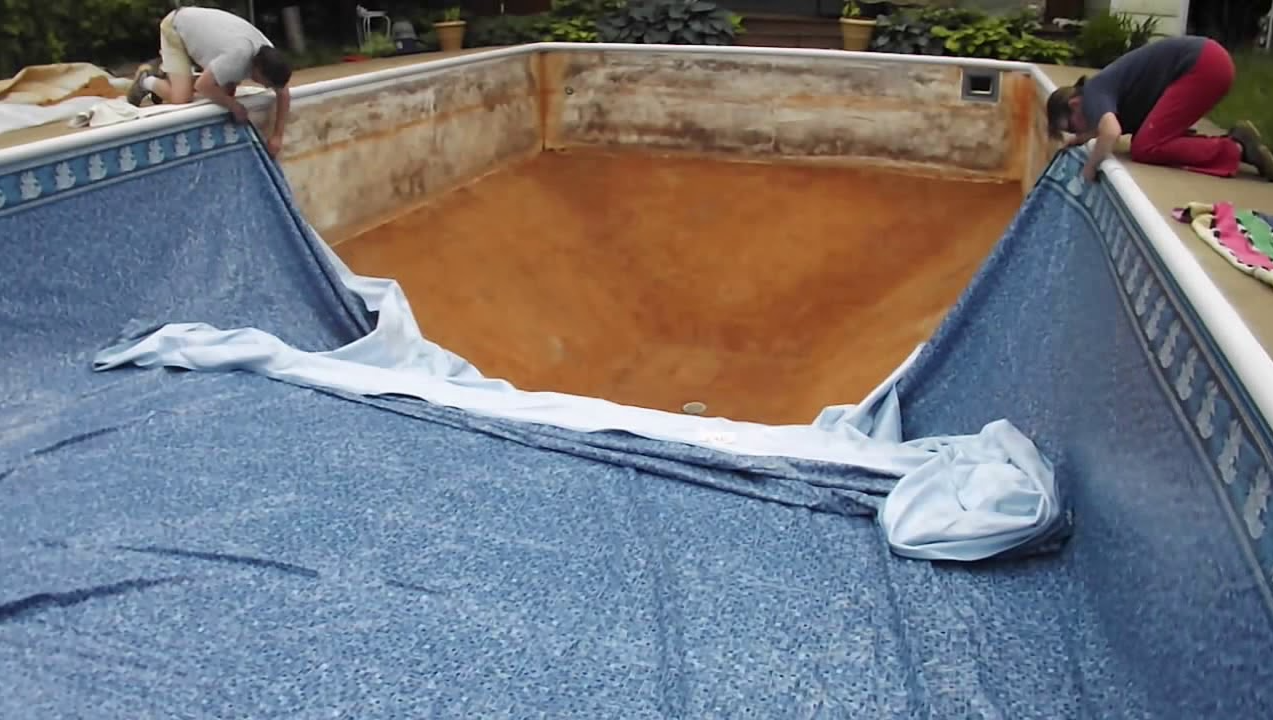
Maintaining a Fiberglass Pool
The easiest pool to maintain is a fiberglass pool, with very few factors to consider:
- One filter circulation per day
- Checking the water chemistry
- No algae
With proper installation and good quality manufacturing the gelcoat of a fiberglass pool won’t need replacing. Using Cross-Lynx Composite Technology, each layer making up the pool’s shape is bonded together for ultra-strength and resilience.
Cleaning the Water with a Filter System
One circulation daily is enough in a fiberglass pool. Cleaning the water takes around 7 hours depending on the properties of the pool. Another bonus is, come spring, it will only take 24 hours to clean up the mess left by winter.
Monitoring the Water Chemistry
Same goes for fiberglass pools as for vinyl liner and concrete pools. Once a week, water chemistry needs checking for:
- Total alkalinity: 80–120 ppm
- pH: 7.2–7.8
- Calcium hardness: 200–400 ppm
- Stabilizer (cyanuric acid): 20–50 ppm
- Chlorine: 2.0–3.0 ppm
No algae, no problem
Luckily algae is not something you will inevitably have to deal with if you want a pool. A fiberglass pool eliminates this problem with its gelcoat. The even surface and lack of cracks and seams means there’s nothing for algae to hold on to. So as long as you are keeping up regular maintenance it’s not something you should encounter. Likewise, there’s no need for acid washing or steel brush scraping.
The Cost of Pool Maintenance
The costs of pool maintenance vary based on how heavy duty it is and how frequently it is needed. Additionally, the cost is determined by the type of pool, where it is located, how easy it is to reach and the type of maintenance it requires.
Expenses for Concrete Pool Maintenance
For a concrete pool the maintenance costs are the highest since it requires the most upkeep. Resurfacing and acid washing take a lot of time and are complex procedures so they really bump up the expenses. It’ll be $10,000 every 10-15 years for refinishing and every 3-5 years acid washing will set you back $650.
Additionally, for those that don’t want to do it themselves a professional cleaning service costs $500 at the start of each season.
The filter circulations twice daily also use more electricity – about $400 per year, and the additional chemicals for the surface alkalinity add up to $750 per year. To summarize, a concrete pool will cost you $27,400 across 10 years in maintenance.
Expenses for Vinyl Liner Pool Maintenance
A vinyl liner pool is significantly cheaper to maintain, cutting maintenance cost by more than 50%. With no need for acid washes and only one circulation per day (electricity costs equate to $300 per year), the largest expense is a liner replacement once in 5-9 years for $5,500.
Unlike concrete pools, the vinyl liner doesn’t change the water chemistry so there’s no need for additional chemicals to keep it in balance, so the cost drops to $400 yearly. In total, you can expect to spend $11,500 during 10 years.
Expenses for Fiberglass Pool Maintenance
With the least amount of maintenance required, the expenses for fiberglass pools are subsequently the lowest of all three.
The only expenses are water chemicals, costing around $175 per years, and electricity used by the filter system costing around $200 a year. Over the course of 10 years maintenance costs should equate only to $3,750.
Quick Review of Pool Maintenance
Just like any frequently used space, your pool needs regular maintenance to look good and work at its peak performance. Consider your free time and budget in determining which pool type to choose, as they all require different levels of care and expenses.
A concrete pool requires most maintenance and costs the most, followed by vinyl liner pools which are significantly cheaper to maintain. The most cost efficient option is a fiberglass pool, requiring the least maintenance of the three.
Get in touch with us to learn more about different types of pools and which option will be right one for you. Start making your ideal backyard a reality today!
OUR RELATED SWIMMING POOL TOPICS
Pool & landscape products specifications are believed to be accurate at the time of original publication.
Viewers should verify specifications & installation requirements with the installing dealer or manufacture’s manual rather than relying on information on this website, which is not intended to be a final specification.

